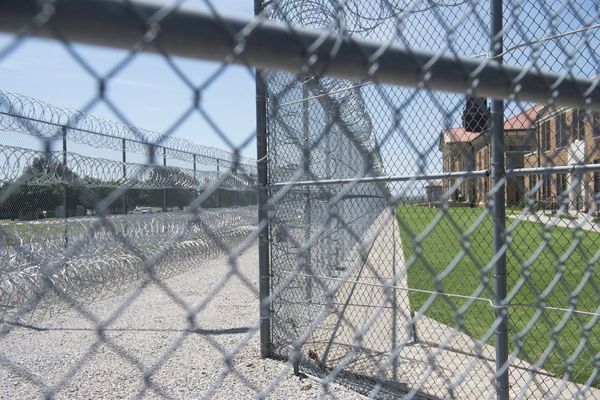Google’s DeepMind has unveiled a new artificial intelligence tool capable of deciphering and contextualising ancient texts, including Roman-era Latin inscriptions.
The new AI, named Aeneas, could be a transformative tool that can assist historians expand our understanding of the past, the tech giant said on Thursday.
A study published in the journal Nature demonstrated that Aeneas could predict missing parts of Latin inscriptions from the ancient Roman period.
Even though writing was common in the Roman world, texts recovered by historians from the time period are often fragmentary, weathered, or defaced.
Restoring and dating these texts is nearly impossible without contextual information and hence historians attempt to identify “parallels” – which are texts with similarities in wording, syntax, standardised formulas or provenance.
Aeneas can accelerate this contextualisation process, predict missing text, even when the length is uncertain, researchers say.
“It reasons across thousands of Latin inscriptions, retrieving textual and contextual parallels in seconds that allow historians to interpret and build upon the model’s findings,” DeepMind said in a statement.
“Aeneas sets a new state-of-the-art benchmark in restoring damaged texts and predicting when and where they were written,” the AI firm said, adding that the tool also been developed to include visual imagery in its considerations.
In the new study, scientists and historians launched a collaborative study to assess inscriptions dating from the seventh century BC to the eighth century AD.
Historians found that the context suggestions provided by Aeneas were useful in 90 per cent of cases and improved their confidence in key tasks by 44 per cent.
When historians worked with the AI model, they could see better results in restoration and geographical attribution tasks than when Aeneas or the scholars worked alone.
The study found that the AI could date events within a 13-year time frame.
Researchers hope the AI model can also be adapted to other ancient languages to decipher scripts from papyri to coinage, expanding its capabilities, and help draw connections across a wider range of historical evidence.
Aeneas works by taking an inscription’s text and image as input.
Scientists trained the AI model using a “large and reliable dataset” that draws from decades of work by historians to create digital collections, including EDR – a searchable resource that provides texts, bibliographic information, and descriptive data for Latin and Greek inscriptions from ancient Italy.
Researchers organised these collections into a more accessible dataset of over 176,000 Latin inscriptions from across the ancient Roman world.
After processing the text image of an inscription, the AI model relies on some of its specialised internal networks to restore characters and date the text, while geographical attribution also uses images of the inscriptions as input.
Aeneas then contextualises the text by retrieving a list of parallels, creating a “kind of historical fingerprint” of what the text says, its language, when and where it came from, and how it relates to other inscriptions, researchers explained.
Scientists found that the AI could restore damaged inscriptions with an accuracy of 73 per cent in gaps of up to ten characters.
When Aeneas assessed one of the most famous Roman inscriptions: the Res Gestae Divi Augusti – Emperor Augustus’ first-person account of his achievements – it predicted two possible dates, one at around 10-1 BC and a more confident prediction of between 10 to 20 AD, much in line with a long-standing debate among historians.
“These findings are supported by the results of an extensive historian–AI evaluation, in which historians confirmed that Aeneas can seamlessly integrate into research workflows and provide a transformative aid for historical inquiry,” researchers wrote.
The Latest: Trump will reveal ‘AI Action Plan’ shaped by his Silicon Valley supporters
Teens explain how daily AI usage is changing their lives
‘Work until we die?’ Independent readers outraged over retirement age review
Emails discussing nurse probe should not have been written, Peggie tribunal told
Secrets of ancient burial practices revealed by cave discovery
Archaeologists solve mystery of 250-year-old shipwreck found on Scottish island







